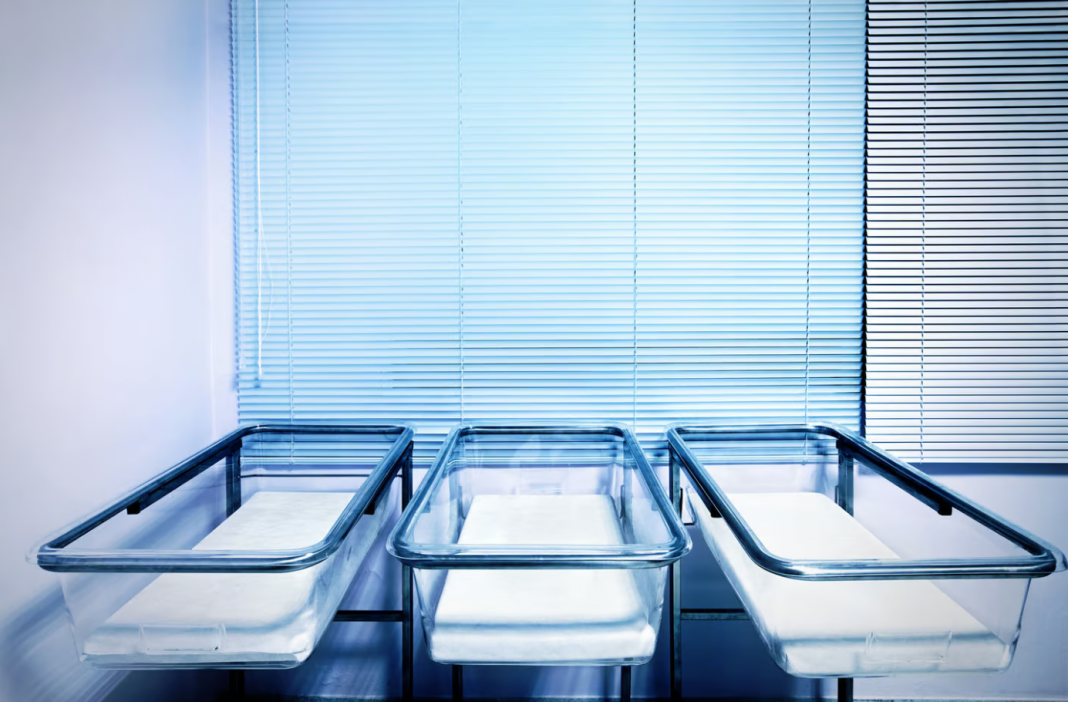Sperm counts are set to reach zero in 2045, leading scholar Shanna Swan says.
There’s a looming solution to all of humanity’s problems — by 2045 most men may no longer be able to reproduce because of the impact of hormone-altering chemicals.
That’s according to Shanna Swan, a leading scholar of reproductive health. “The current state of reproductive affairs can’t continue much longer without threatening human survival,” she told POLITICO.
That adds yet another danger to the list of potential human calamities, but awareness of our looming reproductive demise still isn’t widespread, Swan said.
We’re about 40 years behind global warming, in terms of awareness,” she said.
Four years ago, she calculated that the sperm count of the average man in Western countries had fallen by 59 percent from 1973 to 2011— making international headlines of a looming “spermageddon.”
Now Swan, an epidemiologist at Mount Sinai Medical Center in New York, paints an even grimmer picture in her book “Count Down,” which was published in February.
Following current projections, sperm counts of the median man are set to reach zero in 2045, Swan and co-author Stacey Colino, a health and science journalist, write in the book. That means half of all men would have zero viable sperm and the rest would have very close to zero.
The reason, Swan said, may be growing exposure to endocrine-disrupting chemicals found in everything from plastics, electronics, food packaging and pesticides to personal care products and cosmetics — and as such are in the bodies of just about everyone on the planet.
Chemicals such as bisphenol A and phthalates interfere with normal hormonal function, including testosterone and estrogen. Even in small doses, they pose a particular danger to unborn babies whose bodies are still developing.
While other factors such as contraception, cultural shifts, obesity and smoking are likely to be contributing factors, Swan warned of indicators that suggest there are also biological reasons — including studies that found infant boys are developing more genital anomalies and testosterone levels have been dropping at 1 percent per year since 1982.
The outlook for women isn’t good either. The miscarriage rate has risen by 1 percent per year over the last two decades and more girls are experiencing early puberty. If these trajectories continue, she warned, in vitro fertilization and other artificial reproductive technologies may become widely needed for conceiving children.
Swan has been studying the impact of chemicals on fertility for over two decades. In 2005 she was the first to prove with her team the so-called phthalate syndrome in humans — showing that baby boys exposed to four different phthalates at the end of the first trimester in the womb had a shorter distance between the anus and the beginning of the genitals, or gooch — one of the best indicators of reproductive potential later in life.
Avoiding extinction
Unfortunately, there’s no quick fix.
Swan recommends purging harmful chemicals from our homes by ditching processed food, choosing personal care products that are phthalate-free and swapping plastic food storage containers for glass ones.
But ultimately “it’s not something that we can shop our way out of,” said Swan, adding that we need to have “different chemicals in the products that we buy and that’s a job of the government and the chemicals industry.”
Here, the EU has the edge over the U.S.
“There’s just much, much better regulation in the EU,” Swan said of the EU’s REACH regulatory system that puts the burden on industry to prove that chemicals are not harmful to human health and the environment before they can be put on the market. “In the U.S. we still are in the dark ages of putting chemicals out exposing people and seeing if they cause harm.”
Swan said, however, that she was “kind of optimistic that we can turn this around and keep the decline in fertility and sperm count from hitting zero.”
The reason is a mouse. A 2017 study that found if a rodent is exposed to an estrogenic chemical shortly after birth but never again has contact with the substance, sperm count was completely restored in three generations.
“Of course three generations in humans in quite a long time, so we really have to get busy,” she said.




